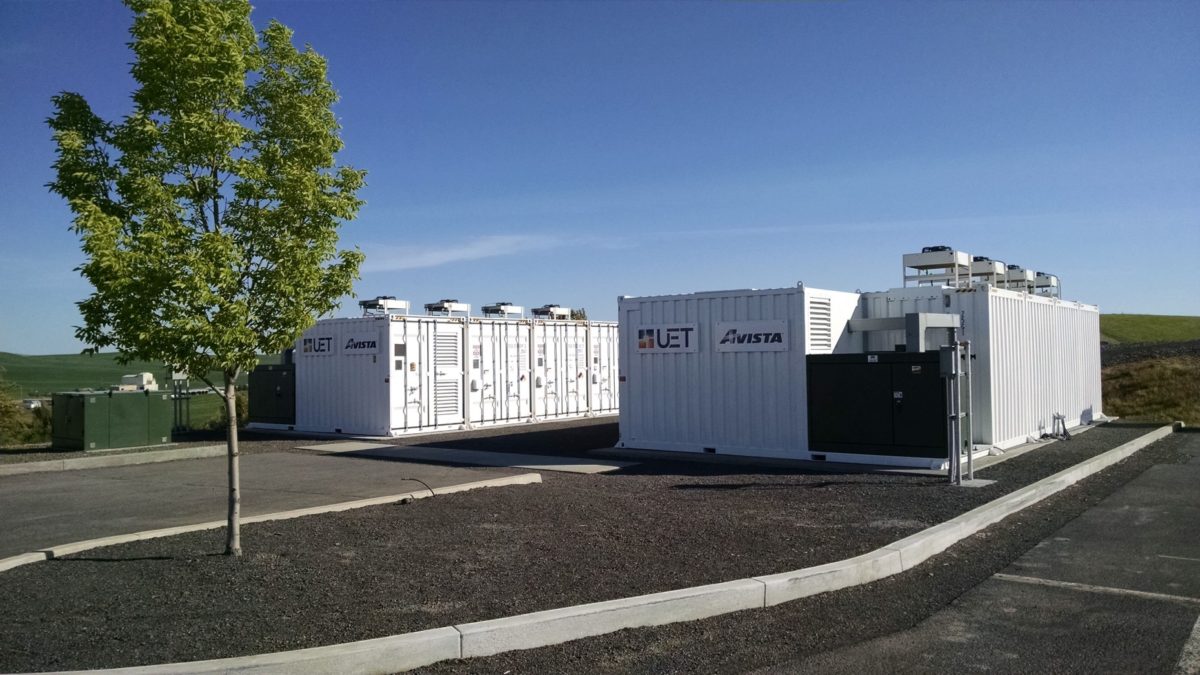Researchers from the University of Burgos in Spain, Italy's University of Padua, Finland's Aalto University, the University of West Bohemia Pilsen in Czechia, and the Basque Research and Technology Alliance (BRTA) have conducted a comprehensive analysis of all redox flow battery (RFB) and hybrid RFP technologies. They argue that these technologies are promising alternatives to lithium-ion technologies in stationary storage applications.
Redox flow storage has advantages over other storage technologies, such as flexible modular design/operation, scalability, moderate maintenance costs, long-life cycling, high round-trip efficiency (RTE), depth of discharge (DoD), fast responsiveness, and negligible environmental impacts, the researchers said. Most of these positive factors are related to the technology's unique ability to decouple energy and power.
“Power and energy density limitations in comparison to other technologies such as lithium-ion batteries are generally overcome by the more cost-effective scalability,” the group said.
Vanadium redox flow batteries (VRFBs) and zinc-bromine redox flow batteries (ZBFBs) – the most representative kinds of hybrid flow batteries – are the real state of the art, the researchers claimed. However, the road to bringing them to commercial success and applicability is still a “long way to go,” they added.
Vanadium devices
The main barrier for VRFBs is low availability and the high cost of vanadium, as well as the need for a bidirectional DC/AC inverter to interface the grid. However, recent progress has been achieved with the electrolyte composition, membrane, and electrode, as well as improvements for efficiency and power and current densities.
Another big advantage with these technologies is the ability “to respond immediately to surge power demand from the grid, coping with power quality grid services such as sag compensation and frequency regulation,” the researchers said. The levelized cost of storage (LCOS) of such batteries has been estimated at €0.18 kW h─1 cycle─1.
“Present research aims at electrolytes capable of increased -active material concentrations and energy density, membranes with higher proton conductivity and lower ions crossover, porous electrodes capable of better hydraulic performance,” the scientists said. “Nevertheless, major issues remain. Low values of energy density make a VRFB system much bulkier than an equivalent Li-ion system.”
Zinc-based batteries
Popular content
ZBFBs are devices with quite low current densities but no cycle-life limitations, as the electrolytes are not subject to aging effects.
“ZBFB pilot systems are capable of charge/discharge durations up to 10 h, a performance comparable to commercial VRFBs and can operate at current densities up to 80 mA cm─2, with energy efficiencies around 80%,” the academics said.
They also explained that zinc-based redox flow storage technologies are not cheaper than vanadium-based ones, although zinc and bromine are low-cost materials. These batteries actually need expensive sequestering agents to avoid toxic bromine vapor emissions. Their LCOS is estimated at more than €0.20 kW h─1 cycle─1.
Other devices
The researchers also looked at alternative aqueous inorganic pure flow batteries such as vanadium-oxygen redox flow batteries (VORFBs), vanadium–bromine redox flow batteries (VBFBs), hydrogen–bromine flow batteries (HBFBs), polyoxometalates-based redox flow batteries (POMs-RFBs), and aqueous organic redox flow batteries (AORFBs). In addition, they analyzed different materials for electrolytes and membranes. They presented the case for semi-solid flow batteries (SSFBs) and solid targeted/mediated/boosted flow batteries (SMFBs).
They also studied hybrid flow/non-flow devices such as metal-solution-based redox pair flow batteries, as well as zinc-based, iron-based, copper-based or metal air-based redox flow storage systems. In addition, the scientists looked at the potential of solar redox flow batteries (SRFBs), air-breathing sulfur flow batteries, and metal-CO2 batteries.
“Research and development aiming low cost RFBs should focus not only on economical materials but also on the optimized system performance, mainly as regards energy density and power density, while maintaining high efficiencies,” the researchers said. “According to long lifetime and large scale application characterizing RFBs for stationary energy storage targets, stability and safety of the employed materials are crucial to guarantee the sustainability and to ensure the final success.”
They claimed that an overall LCOS of €0.05 kW h─1 cycle─1 could be achieved for the most promising technologies by 2030. They presented their findings in “Redox flow batteries: Status and perspective towards sustainable stationary energy storage,” which was recently published in the Journal of Power Sources.
This content is protected by copyright and may not be reused. If you want to cooperate with us and would like to reuse some of our content, please contact: editors@pv-magazine.com.



Thanks for this review.
Can a flow battery retain its charge for 3 months if not used?
Yes a Flow battery is capable of maintaining its charge for long periods of time from 100 % to almost 0
Standby for years. Start in seconds
The ZBM2 zinc-bromine flow battery can be stored at any state of charge – from full to empty – for weeks, months or even years. When you need power, the ZBM2’s Standby Power System (SPS) can start the battery in seconds, ready to deliver its stored energy. Please contact Redflow for further details on this option.